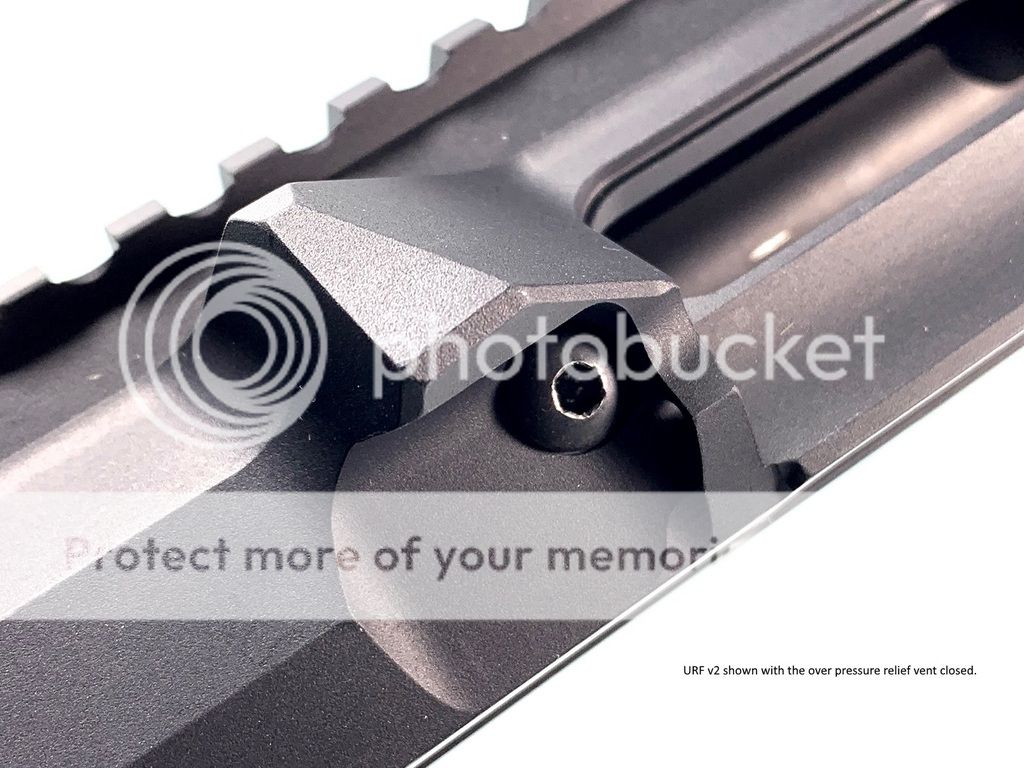Results 1 to 9 of 9
Threaded View
-
27 February 2019, 17:33 #1
Forward Controls Design URF v2 now shipping
Built on our first upper receivers, URF v2 and URF-S v2 (no forward assist) incorporate the following changes:
1. LMT MARS lower receivers compatibility
2. Over pressure relief vent.
URF v2 can be found on our site: http://www.forwardcontrolsdesign.com...n-v2_p_98.html
The over pressure relief vent is drilled diagonally from below the shell deflector. When a round is fired, gas is routed through the gas tube, enters the carrier and impinges on the bolt and its gas rings. As the carrier and bolt travel rearward in recoil, gas is vented through the carrier’s gas ports, and continues to do so past the ejection port. At this point, since the carrier’s gas ports are now masked by the receiver, they vent gas into the upper receiver. Gas seeks a way out of the upper receiver, typically through the gap in the forward assist and forward assist housing, and in between the upper and charging handle. The over pressure relief vent provides a better (larger opening than the others) and more direct path, the path of least resistance, for the gas to be evacuated elsewhere.
The over pressure relief vent doesn't aim to redirect all gas to be vented through it, it does aim to decrease the volume and velocity of the exiting gas through all openings the pressurized gas will find. The relief vent is tapped and can be closed off by way of a set screw (1/8" Allen key is required) if the user doesn't shoot suppressed. The vent is located below the shell deflector.
In this picture, you can see there's line of sight to the carrier's gas ports.


URF v2's and URF-S v2's over pressure gas relief vent is licensed from BATTLEARMS IP under U.S. Patent No. 8,910,406
We had tested it extensively, and thought it would be different enough to file our own patent, but as it turned out, the patent was broad enough to cover our shell deflector based over pressure relief vent. So we opted to license it from Battle Arms so as not to infringe on its patent.







 Reply With Quote
Reply With Quote
